Blog
Beauty and Sustenance
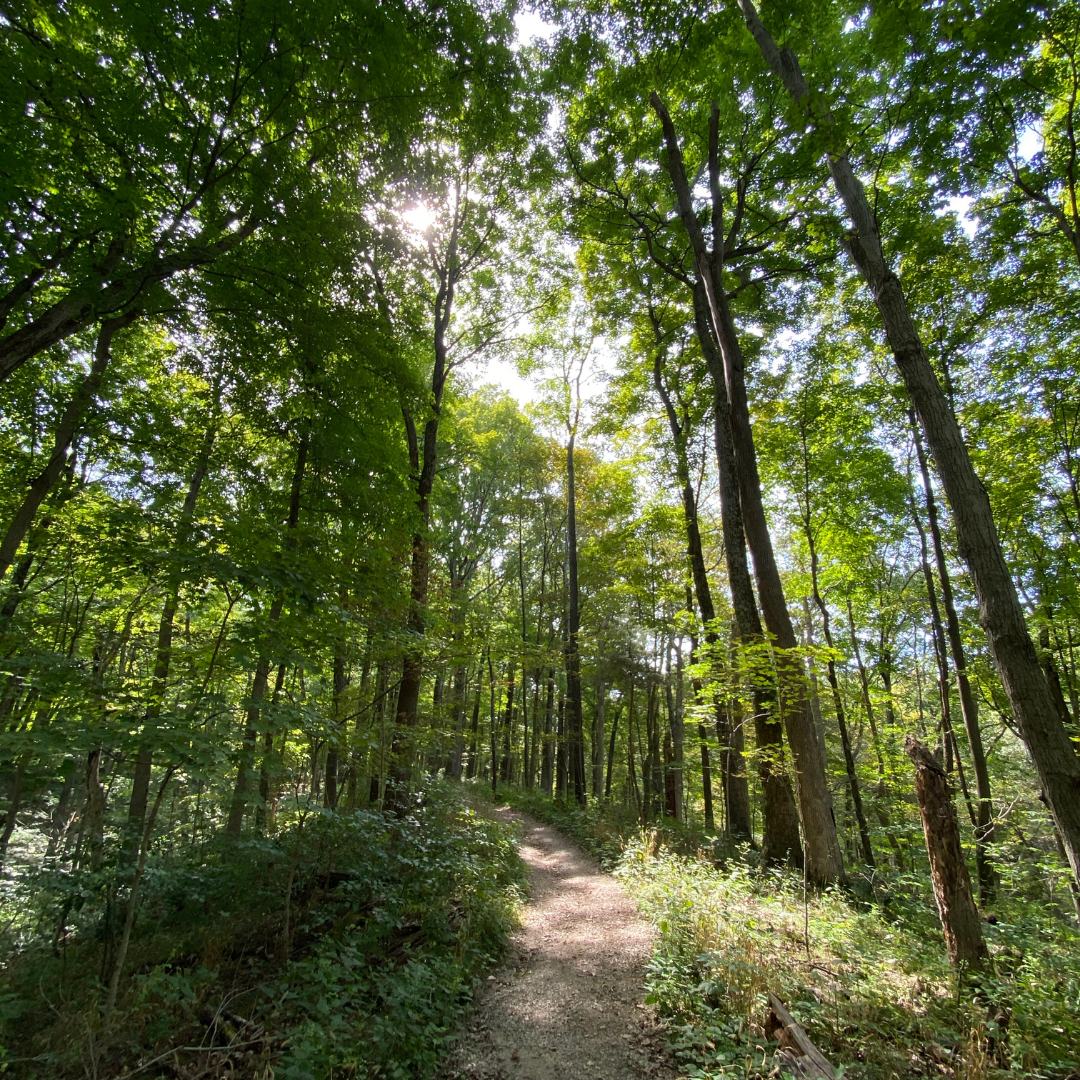
by Olivia Bautch, Environmental Interpretation Intern
Maybe it’s just me, but we’re an anxious generation. And you're probably used to getting the message from us: “spend more time in nature, its good for your health!” That’s completely true.
But I’m apt to take another angle.
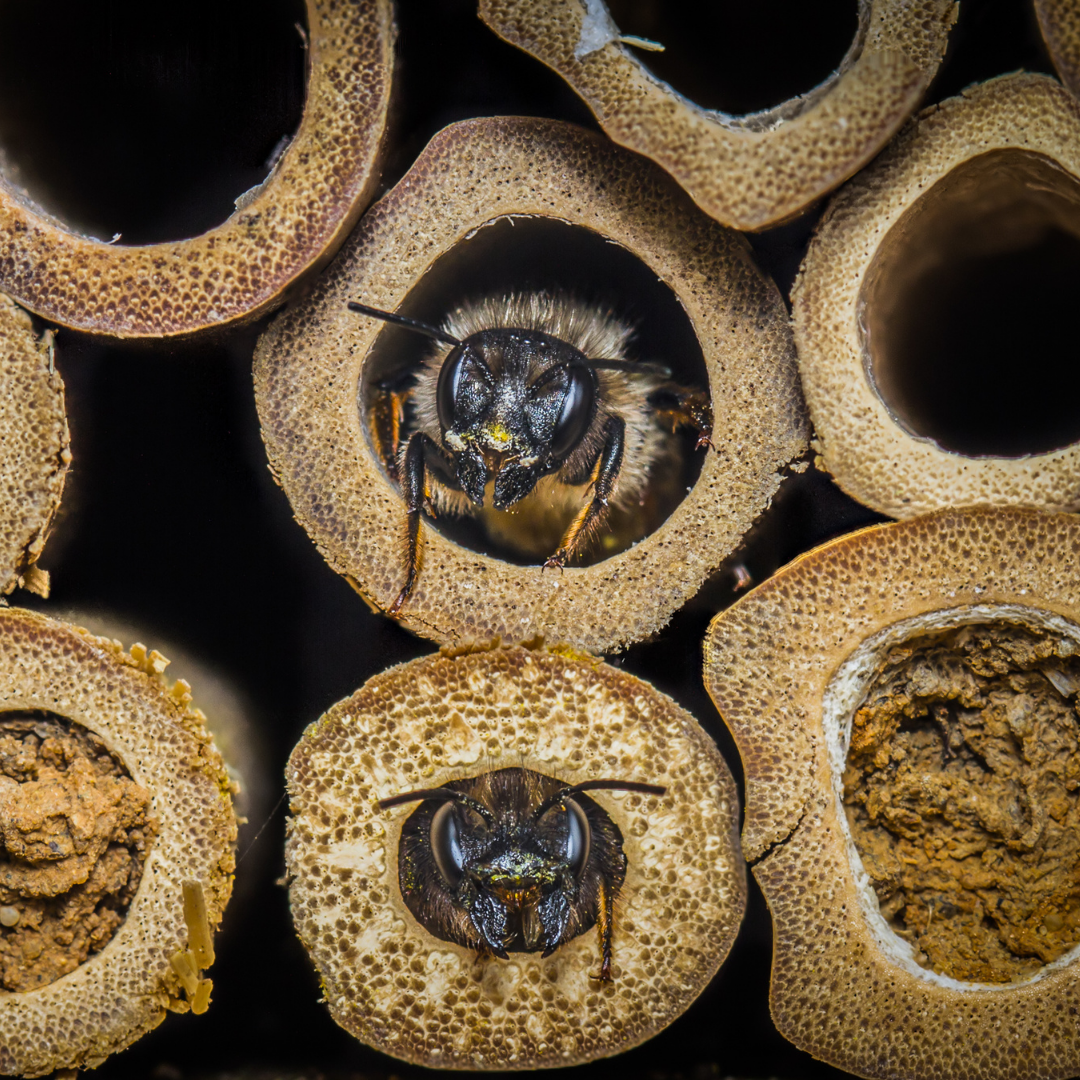
As we walk through the garden of early springtime, a mason bee crawls out from her cavity. Minuscule ephemerals have defied the icy ground cover for weeks, pushing through to feel the life-giving sun. In January this bee would not have pollen to sustain herself or her soon-to-be-hatched young. But they know. With the emergence of the bees, the migrant thrush will return from his tropical oasis, finding food for his family as well.
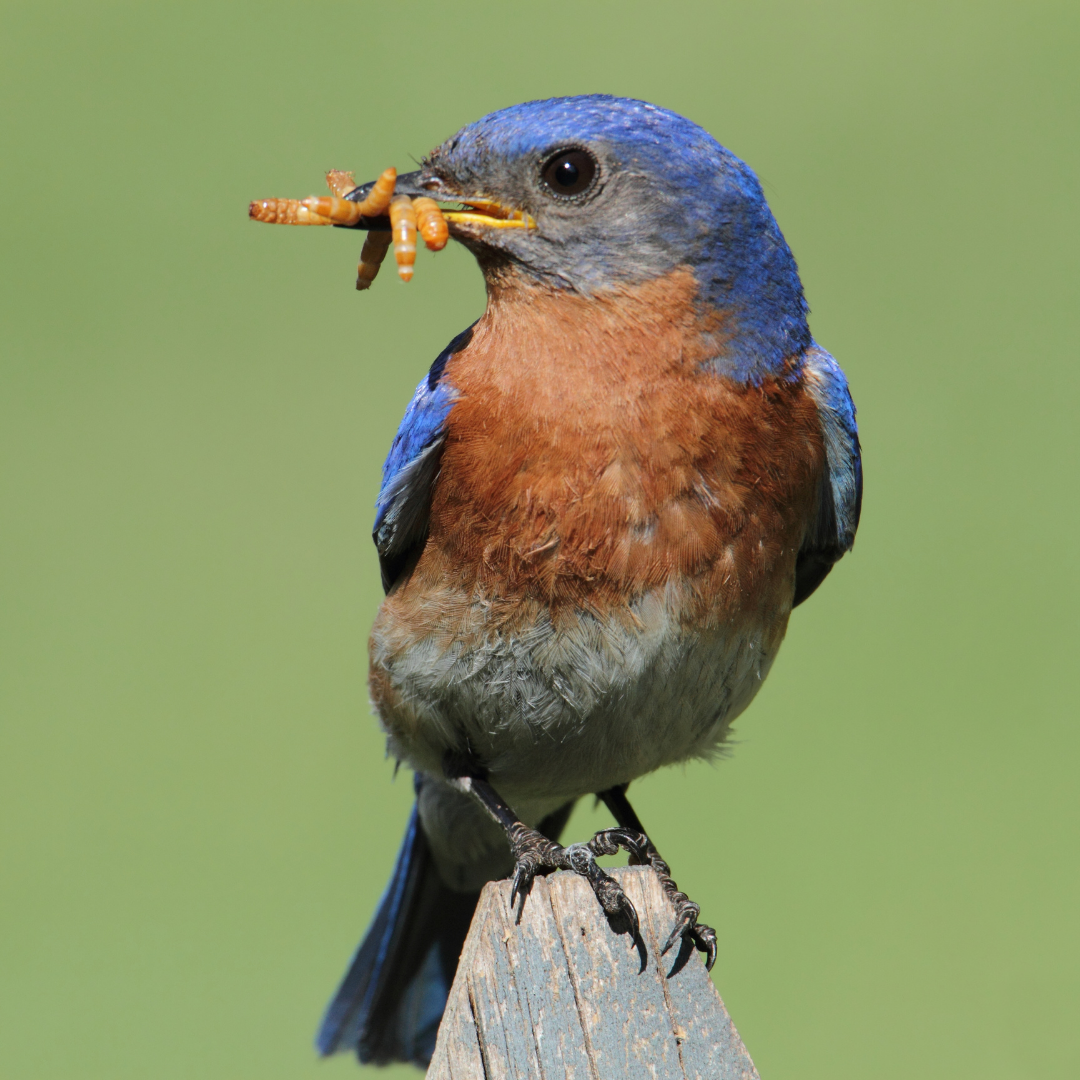
Summertime calls for late-blooming plants and alternate species benefit. And then fall, and then winter, full of niches and everlasting cycles. Half a dozen warbler species share one large tree, and it seems so perfectly fit that they should all have their own niche.
The field that one manages for the sake of the bluebirds is life for dozens of other species most will never know. Each species interacts with the field and each other in a way that helps the ecosystem as a whole. Even invasive have not yet overtaken our wild lands completely. We may keep the field and our apartment-sized container gardens. We need to. But in the end what was here and will be, will be nevertheless.
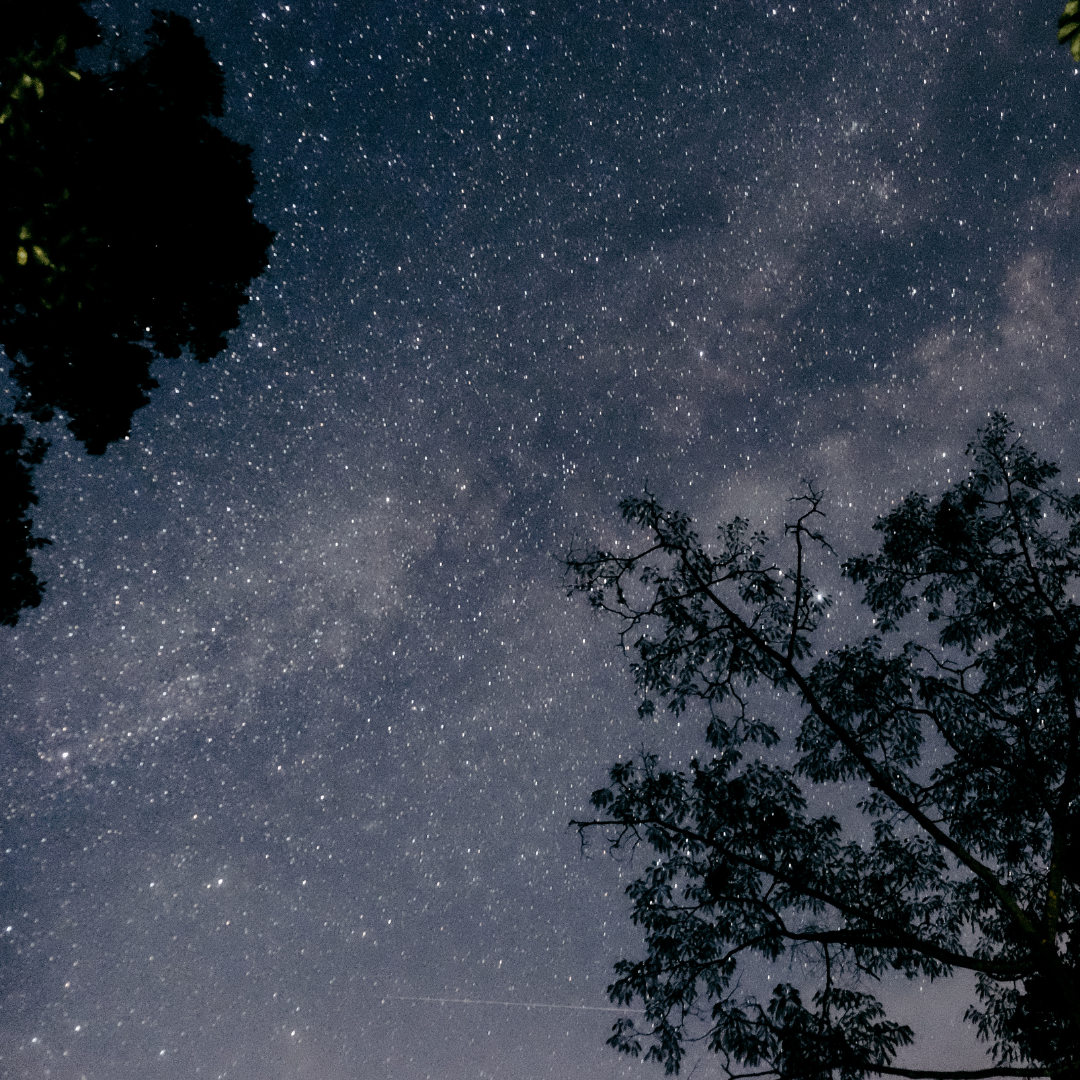
It’s daylight and warmth, and creatures who don't have to intellectually comprehend any of it. They just know. They know that they will find what they need to survive, that their sparrow life will play out as it should. Good or perceivably bad, it is all as intended.
And I’m only talking about plants and animals. How much more will this be true for us? Step outside and gaze at the rural night sky. Every star is held in place, and those that fall become the wish of a child. Take solace in knowing even the unexpected can become beautiful. Take solace in knowing that everything is coming together, not falling apart.
It’s not about us and somehow it is, all at the same time.
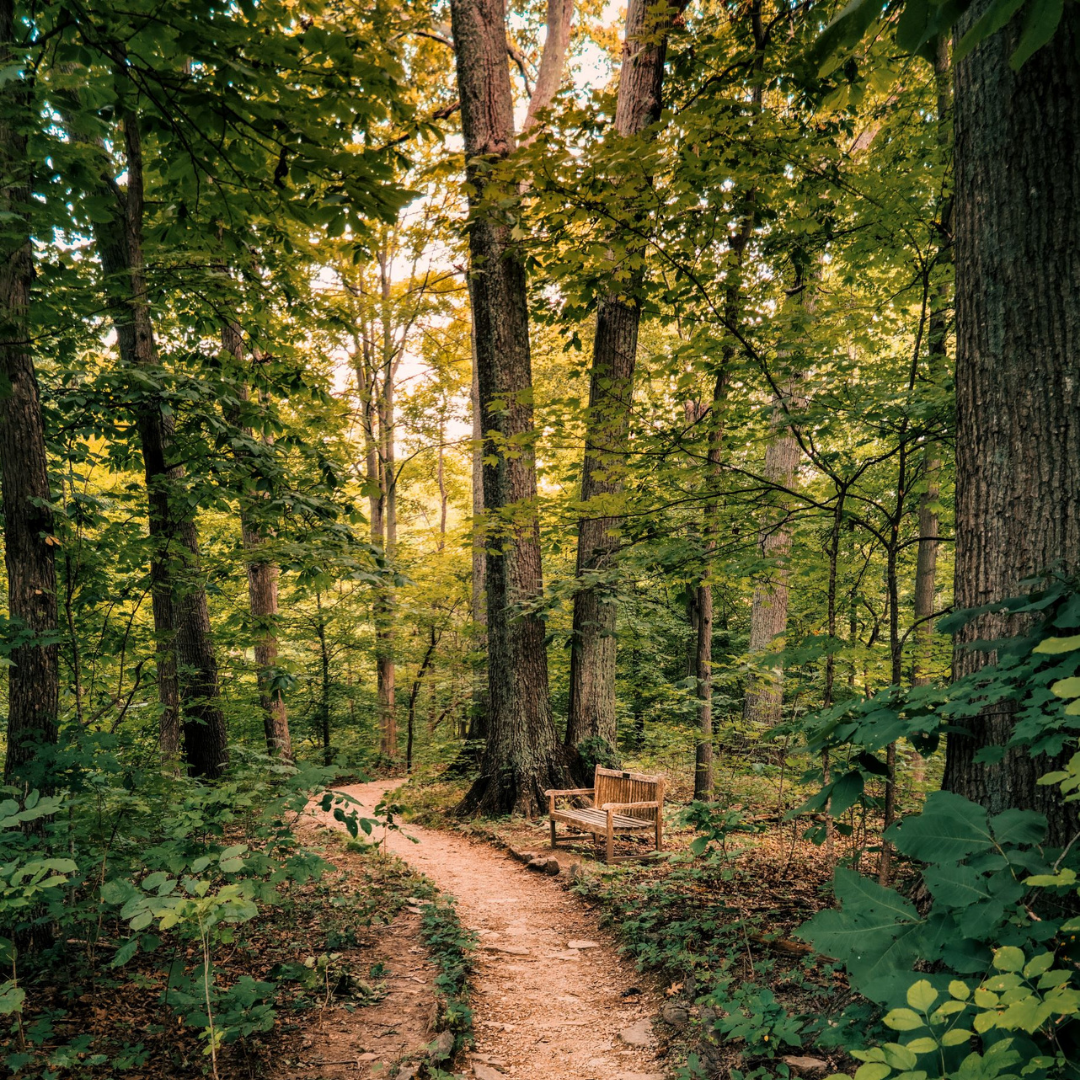
All this to say, we can find comfort from the rhythms of the natural world. What if we slowed down from our deadlines, interviews, and mind games to spend more time in nature? What little lessons would reach us if we observed? Maybe the natural world we love is here so intertwined with beauty and sustenance, we might find the little lessons, and more than a little hope.